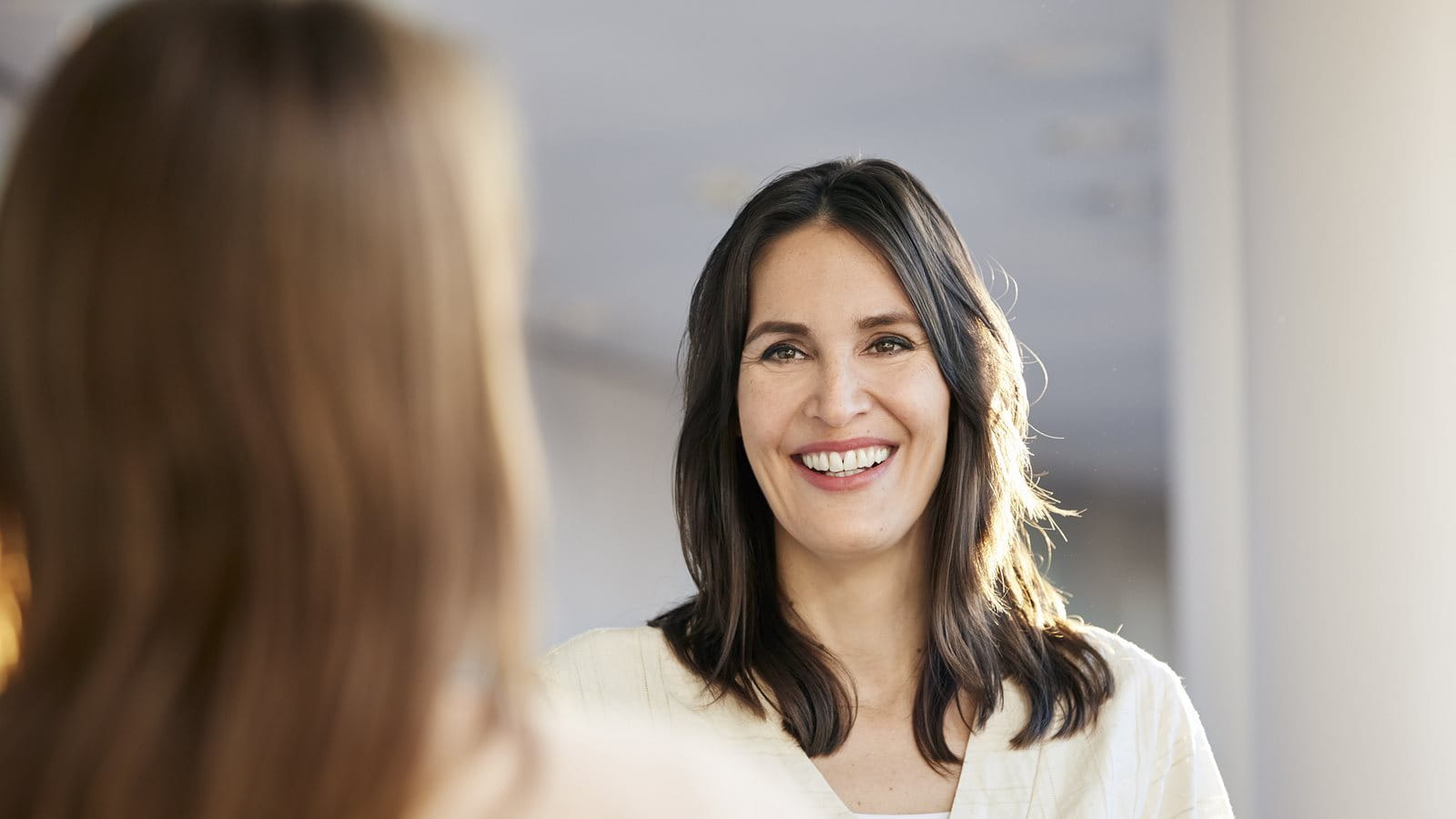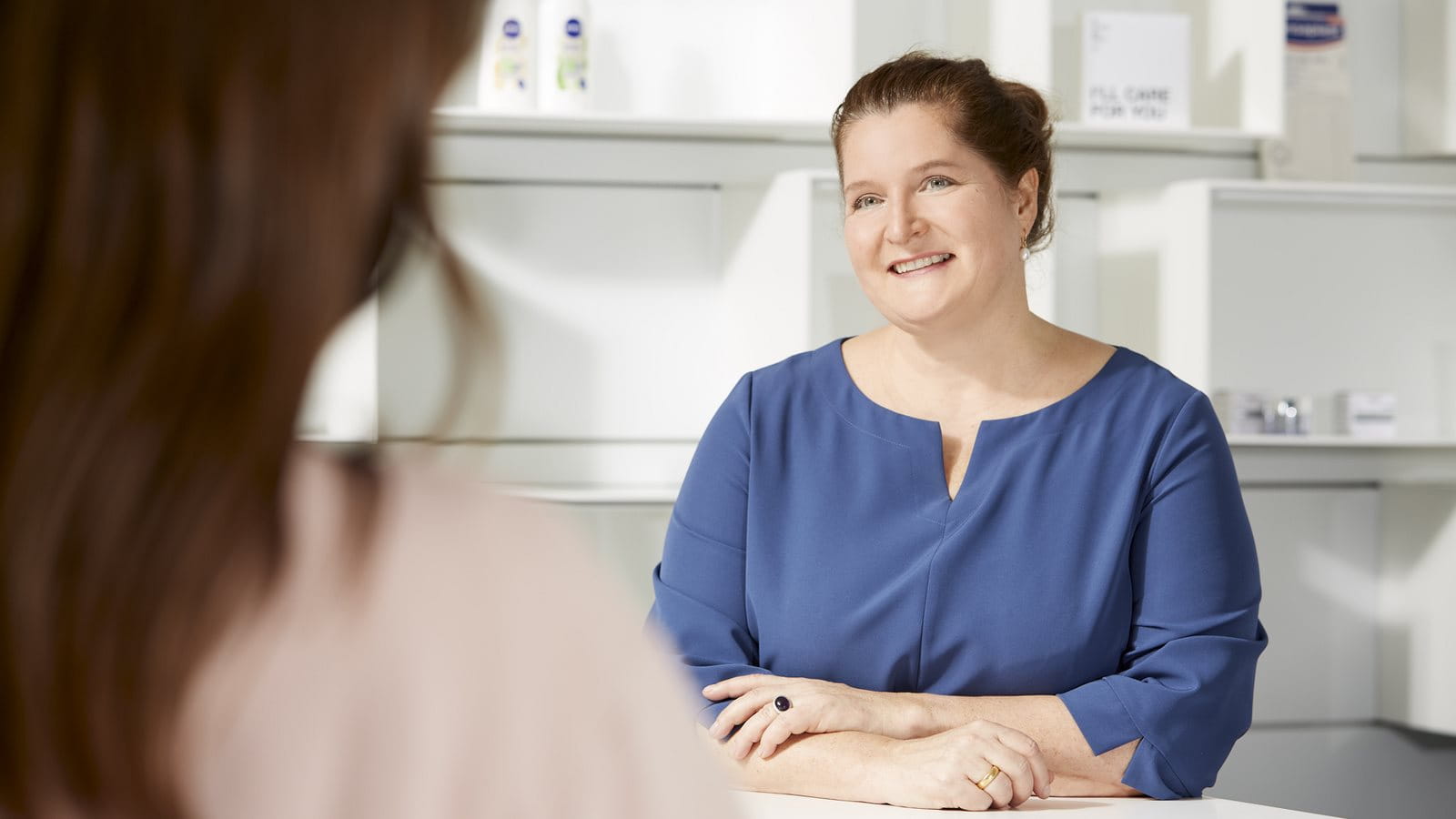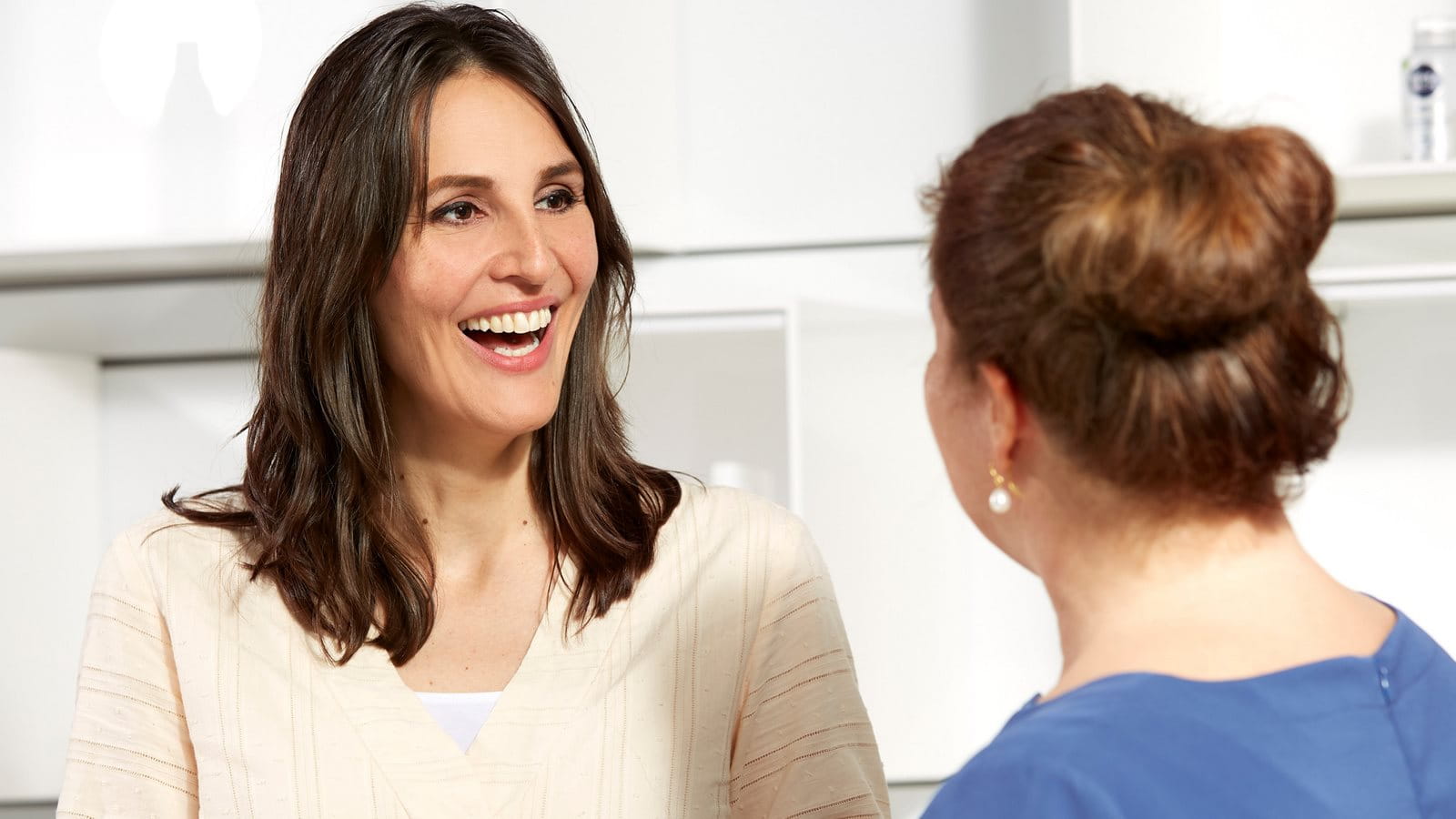Interview with Eva Bredehorst, Global Packaging Sustainability Manager at Beiersdorf, and Urte Koop, R&D Manager Hair & Body Cleansing at Beiersdorf, about the company’s progress to reduce CO2 emissions by transforming packaging and formula of its products.
“By making product packaging and formulas more sustainable, we can contribute to reduce Beiersdorf’s CO2 footprint.”
Beiersdorf took a new step with the launch of its first climate-neutralized products in April 2021. More products followed since then. What role does packaging play in Beiersdorf’s “Climate Care” approach?

Eva Bredehorst: As a global skin care company, selling packaged products, our packaging activities are a large contributor to our overall CO2-footprint. About one third of our Scope 3 emissions arise from primary packaging, so we do have a strong lever in terms of CO2 reduction if we manage to reduce the footprint of our packaging materials. We are focused on plastics and aluminum and have set ourselves ambitious targets: To cut our CO2 emissions, we aim to reduce the amount of fossil-based virgin plastic by 50% until 2025, use 30% recycled materials in our plastic packaging and make 100% of our packaging refillable, reusable or recyclable – also by 2025. This pays into our climate targets, where we aim to reduce our Scope 1, 2 and 3 emissions by 30% until 2025.
What role does the product formula play when it comes to reducing your products emissions, and hence, their carbon footprint?
Urte Koop: Actually, every ingredient has a climate-impact. There are ingredients with rather high emissions and ingredients with lower emissions. This is based on their origin, the way they are sourced, processed and transported. We can also create a contribution from the formula side to our climate targets and our CARE BEYOND SKIN Sustainability Agenda. Especially when we look at our most popular products, those that reach millions of consumers around the globe, we can have a significant impact. Our new, more climate-friendly NIVEA Soft formula is an excellent example for this.
What have been your latest achievements in terms of more sustainable formulas that have a reduced CO2 footprint?

Urte Koop: We are continuously working with our Research & Development Teams on more sustainable formulas – across our different skin care categories and product assortments. The latest achievement is the evolved NIVEA Soft that will be coming to market in 2022 with a more climate-friendly formula. We worked on this for several years and it was quite a challenge to keep the excellent skin care benefits of the product and the unique sensory that our consumers love, while touching the formula in multiple dimensions.
How do you manage to make the packaging more sustainable and reduce its CO2 footprint?

Eva Bredehorst: We are rethinking our approach to packaging from all angles. The amount and kind of packaging material we use has a major impact on our CO2 emissions. By making conscious choices we can design out waste and keep our environmental impact as low as possible. We are following the so-called 4 R’s (Reduce/Reuse/Recycle/Replace) to transform all our product packaging’s to become more sustainable. So, we strive to reduce the amount of material, integrate recycled materials, replace with alternative materials to fossil-based virgin plastics, innovate into new materials with lower emissions and explore new concepts of packaging, like reusables. Our vision is circularity, where we manage to close the loop and use materials again and again, avoiding the use of new, additional resources. The collaboration with partners and suppliers across the value chain is crucial for creating significant changes and to drive the transformation towards a world of fully circular packaging for all of us.
What challenges do you face when making your product packaging more sustainable?
Eva Bredehorst: A challenge, we are continuously facing, is with the integration of recycled plastic materials, the quantities of high-quality recycled plastic (PCR-grades). Many companies are now looking for the integration of this kind of recycled plastic and supplies are still very limited, which leads to difficulties securing our quantities needed. Also, besides the availability being a challenge, it is also challenging to get the high-level quality of the material that we need. It is very important for us that the recycled packaging material does not harm the safety of our skin care products. Therefore, we are working intensively with our suppliers and in different cross-industry consortiums to improve the sorting of plastic and define a quality standard for cosmetic packaging.
What have been the biggest challenges in reformulating the NIVEA Soft?

Urte Koop: The biggest challenge has been to identify alternative ingredients that are more sustainable and show a lower CO2 footprint, while being equally safe, effective, functional and also compatible with other formula components. Also, we had to keep the same sensory experience for our consumers. Last, but not least, as we are talking about a global product, we had to also ensure the availability of the raw materials in the high quantities we need.
Our formula development team had been working on the relaunch for several years. They tested more than 1,000 formula prototypes with more than 8,000 consumers to find the perfect formula, supporting our CARE BEYOND SKIN Sustainability Agenda, contributing to our “Climate Care” mission and satisfying our consumers’ skin care needs and expectations at the same time.
